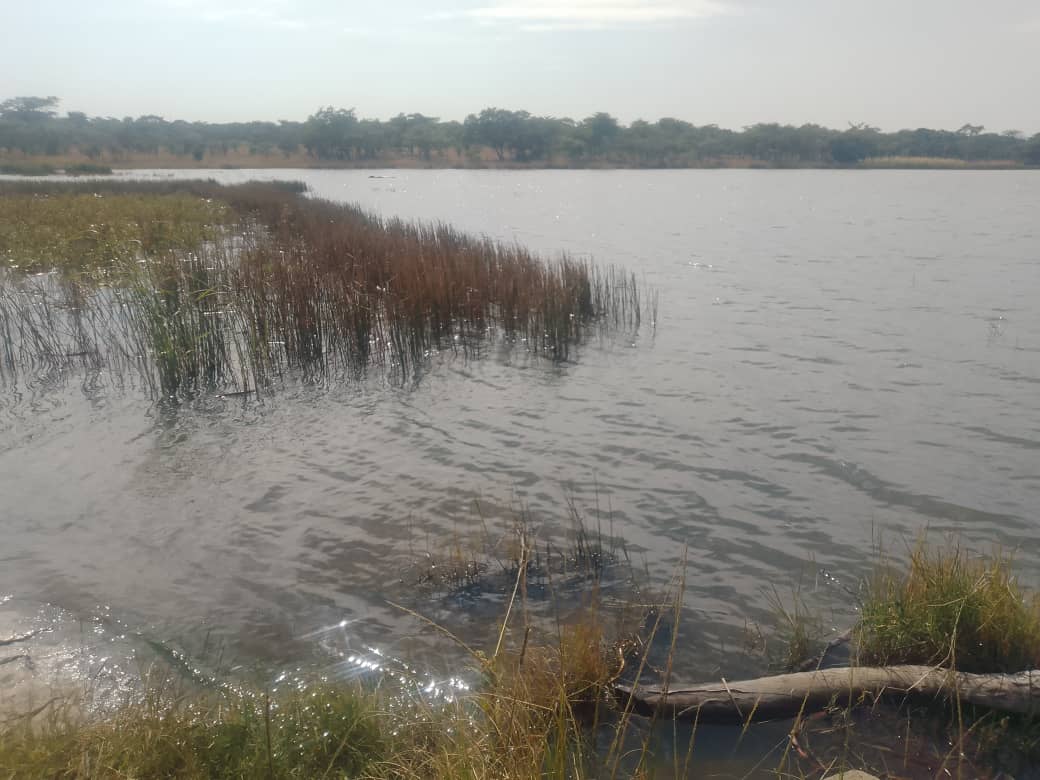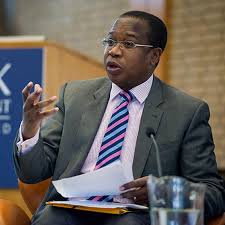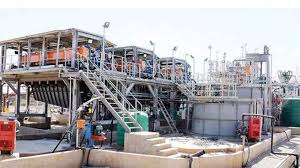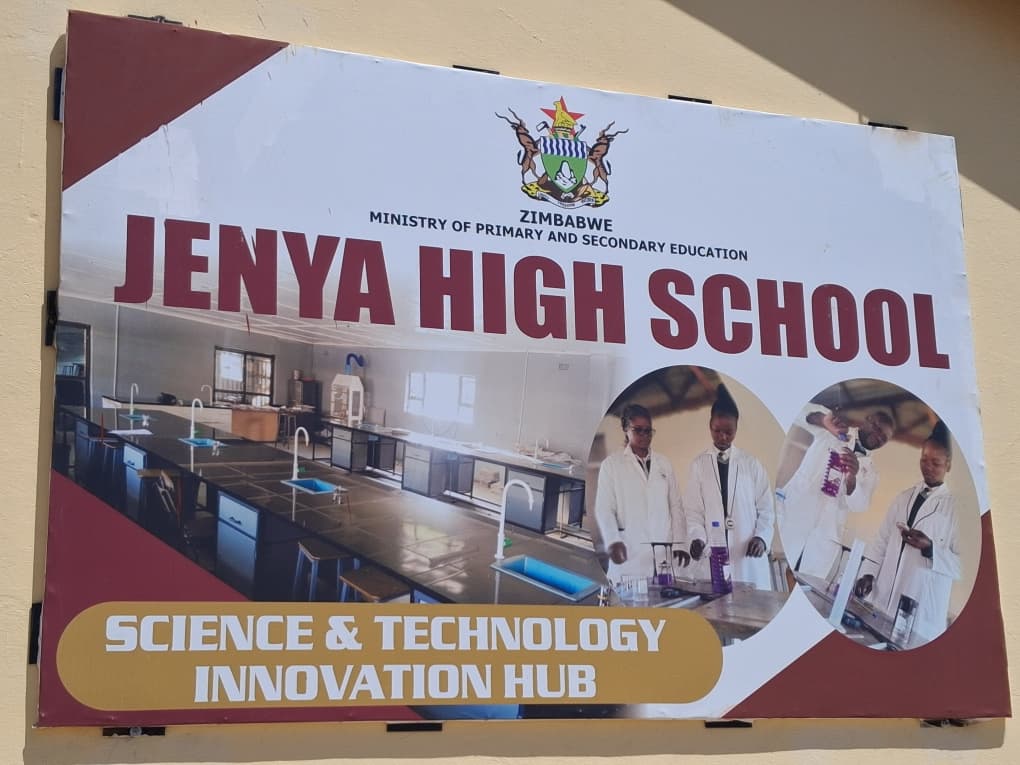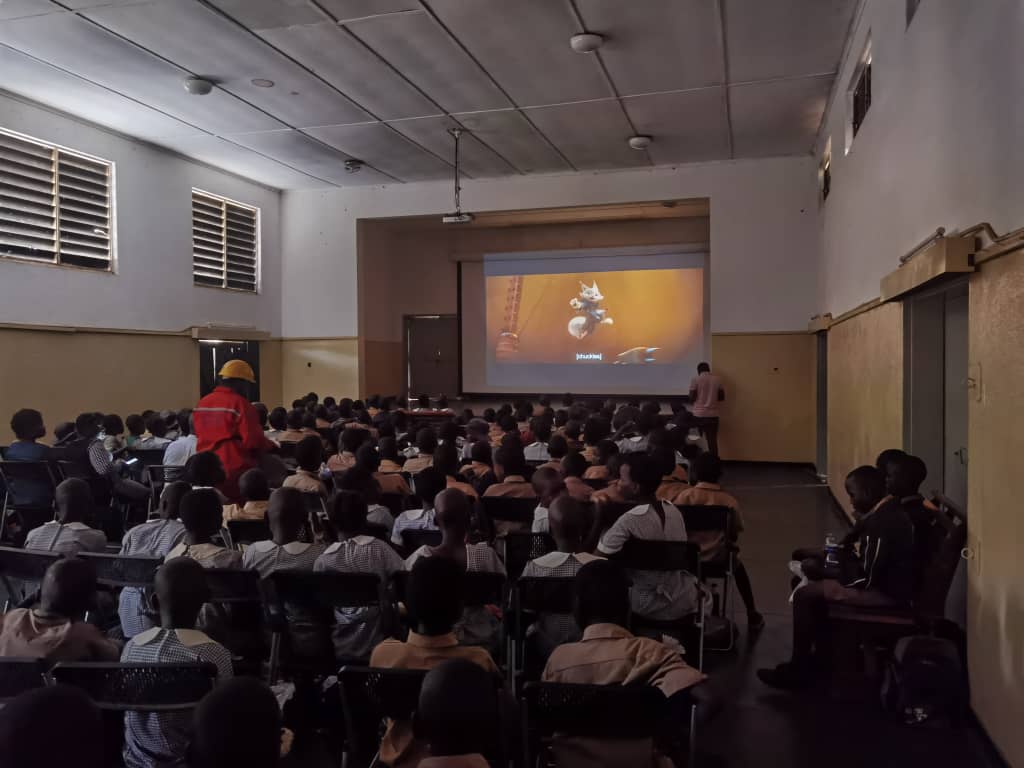A view of Mushagashe Dam
Tiyani Hahlani
Community stakeholders have pledged to take ownership of a local fishery project and protect it from unsustainable exploitation including overfishing and illegal fishing.
This came out at a recent high-level community meeting which was organised by the Ministry of Youth Empowerment, Development and Vocational Training to educate the community on the significance of aquaculture in driving economic transformation and promoting environmental conservation.
The meeting, held at Mushagashe Vocational Training Centre, brought together conservationists, government officials, local leaders, and law enforcement to boost community involvement in safeguarding the project which is being implemented at Mushagashe Dam.
Earlier this year, President Emmerson Mnangagwa donated 4 000 fingerlings to start off the project for the benefit of the youth in the Mushagashe community.
The project is being implemented by the Ministry of Youth Empowerment, Development and Vocational Training in partnership with the Minister of State for Provincial Affairs and Devolution, Ezra Chadzamira.
Friends and Family of Rivers and Lakes in Zimbabwe (FAFORALIZ) Secretary General Tonderai Mugova told EnviroPress that beyond Mushagashe Dam, their initiative was about defending ecosystems and biodiversity at large.
“We believe safeguarding Mushagashe Dam is not just about fisheries—it’s about protecting our ecosystems, preserving biodiversity, and restoring the health of our rivers and lakes,” said Mugova.
“We are calling on every citizen, leader, and institution to treat our water bodies as living treasures that sustain both nature and people. The future of our environment and our livelihoods depend on the actions we take today,” he said.
Masvingo District Development Officer Godfrey Mazarire said the fishery initiative was set to improve livelihoods in the area.
“This initiative provides an opportunity for improved nutrition, employment opportunities, and local income generation. We must commit to nurturing and protecting these resources to ensure long-term sustainability and lasting benefits for the community,” says Mazarire
The first fish harvest in the dam is expected to start in about three months’ time.

